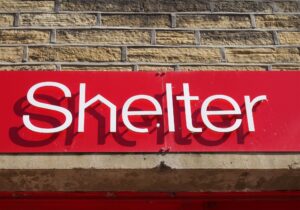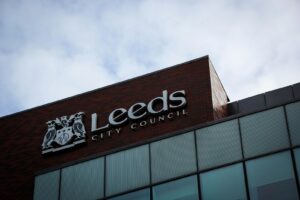It’s a truism, but no place is an island. As citizens we move between places. We may work in one, shop in another, but socialise in yet another. So, we have different relationship with places, with some places offering us different things.
Questions of what function a place has and how it relates with other places is often underplayed.
For instance, how can we accurately plan retail in a town centre without knowing what the retail offer in a neighbouring town is? How can we reform local public services or assess public sector demand, without understanding what is available elsewhere and who utilises those services. How can we tackle unemployment, without understanding travel to work patterns and where existing jobs and economic opportunities are? For planning, for economic development, to create great places, relationships matter.
So that is why CLES has been working as part of a consortium with Carnegie UK Trust, University of Stirling and the Scottish Towns Partnership. Commissioned and funded by Carnegie UK Trust and the Scottish Government, the consortium have now devised the UK’s first and unique online tool – www.usp.scot, which has facts and figures for all 479 towns and cities across Scotland (with a population over 1000). As part of this, it explores these inter-relationships, including how independent, interdependent or dependent a place is.
The inter-relationship aspect of the Understanding Scottish Places (USP) tool is based on work CLES has undertaken over the last ten years concerning the resilience of place. The CLES resilience model explores the relationships between the public, commercial, and social sectors in places and how this shapes the functioning of that place. The USP tool explores this further by identifying the extent to which places are reliant or otherwise upon neighbouring localities for assets and relationships.
Issues surrounding Scottish towns were highlighted in the National Review of Town Centres and followed up through the Town Centre Action Plan. The USP tool serves to augment this work by detailing and classifying all towns and cities in Scotland. This work answers a pressing need for better quality information. It shows what they are made of, how they compare with similar or other local places and what the issues may be.
Overall it creates a picture of a diverse and heterogeneous Scotland. A Scotland in which every town or city no matter how large or small is distinct and as such an important part of Scotland as a whole.
Over the centuries, the fortunes of many Scottish places have ebbed and flowed. For instance, some may have had an economy and culture centred around mining or fishing. This may have ebbed and been replaced with a flow of tourism or retail activity. It is the job of policy and planning to ensure the negatives of any change are lessened. We need good information for that.
Furthermore, Scotland is an open and modern economy and in the context of globalisation changes in fortunes, are inevitable. In this, we have a national challenge, reflected in the Scottish national economic strategy which emphasises the need for both an increase in global competitiveness and more effort in tackling inequality. To meet this challenge, Scotland needs its component places to work collaboratively, creating relationships which boost the economy whilst purging poverty and inequality.
That is why a deeper understanding of local flexibility, resilience and how our places function and relate to other places is of such importance. The future social and economic progression and destiny of many places are not predicated on what they do alone, but rather how they relate to other places.
Places are not islands, they have relationships. We need to understand them. We now have some of the evidence in one place. We need to use this to build better places and in that, we will build an even better Scotland.
















Leave a Reply